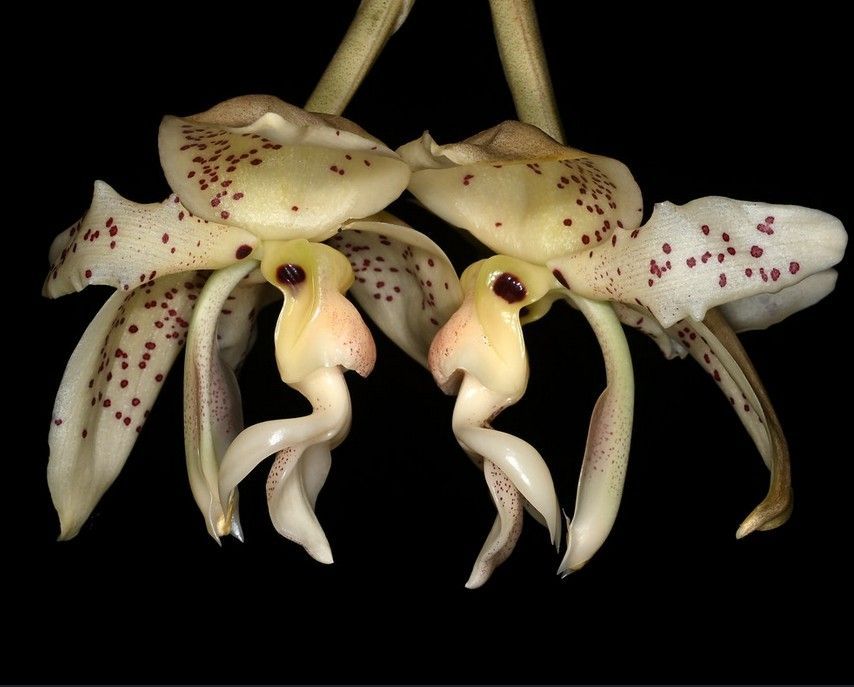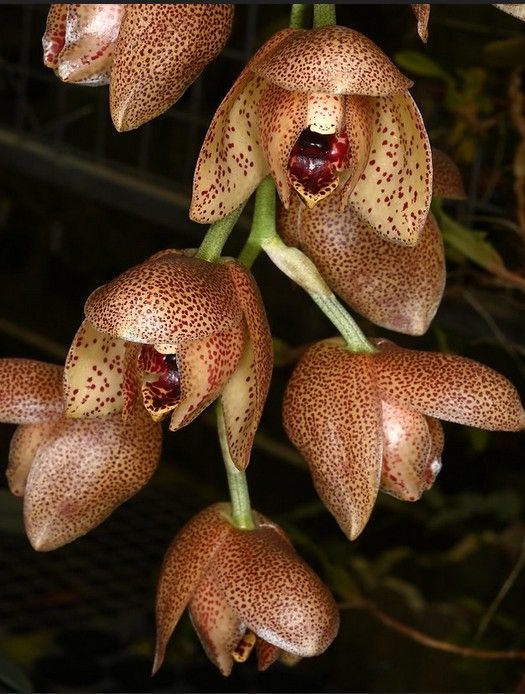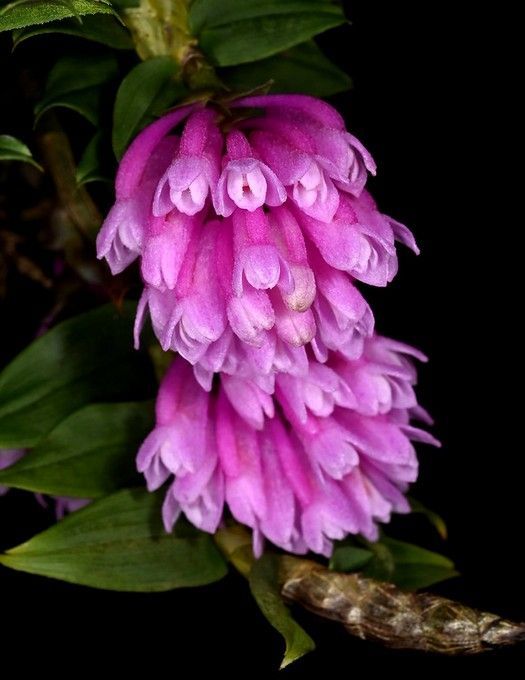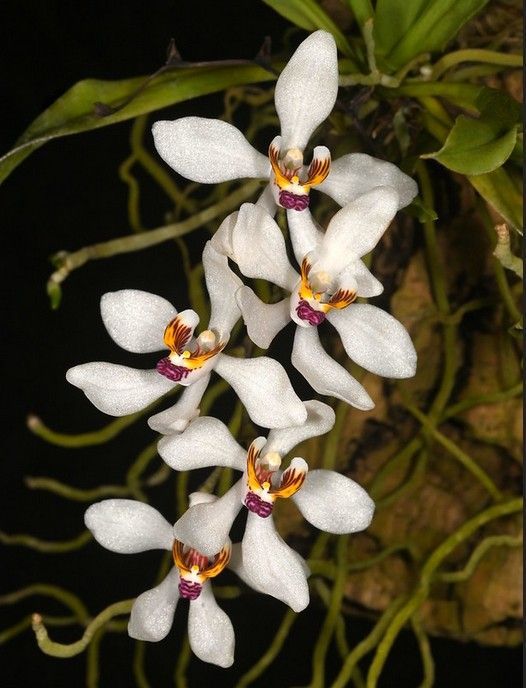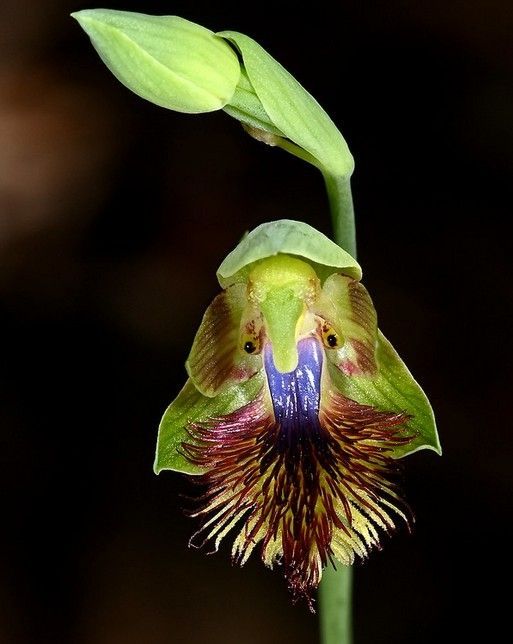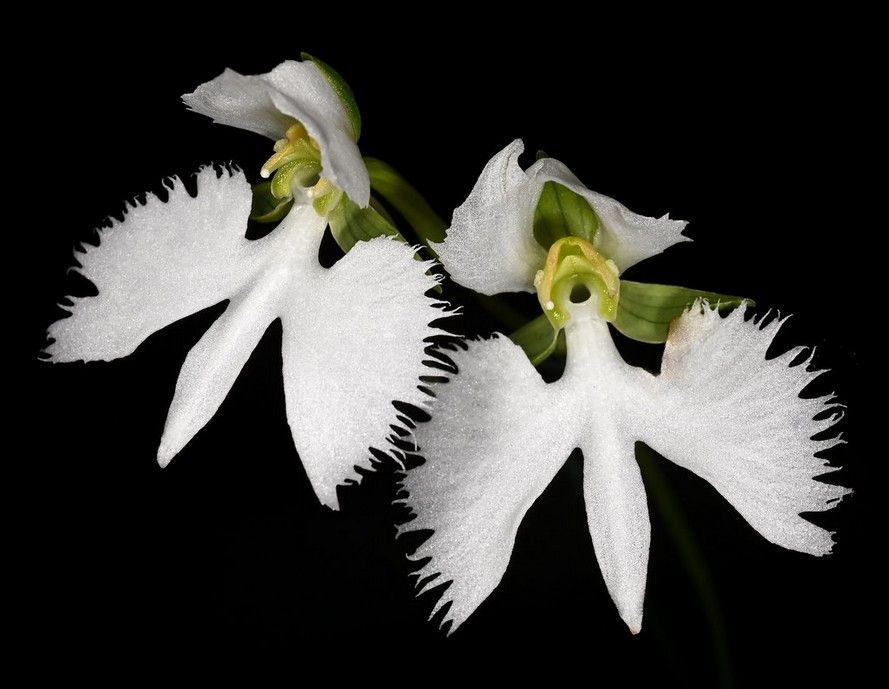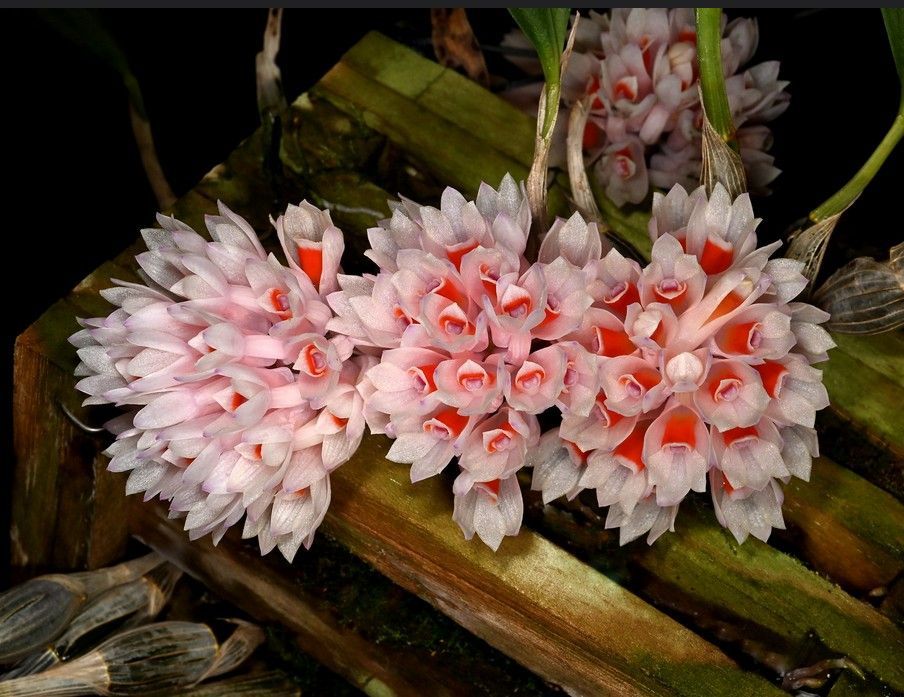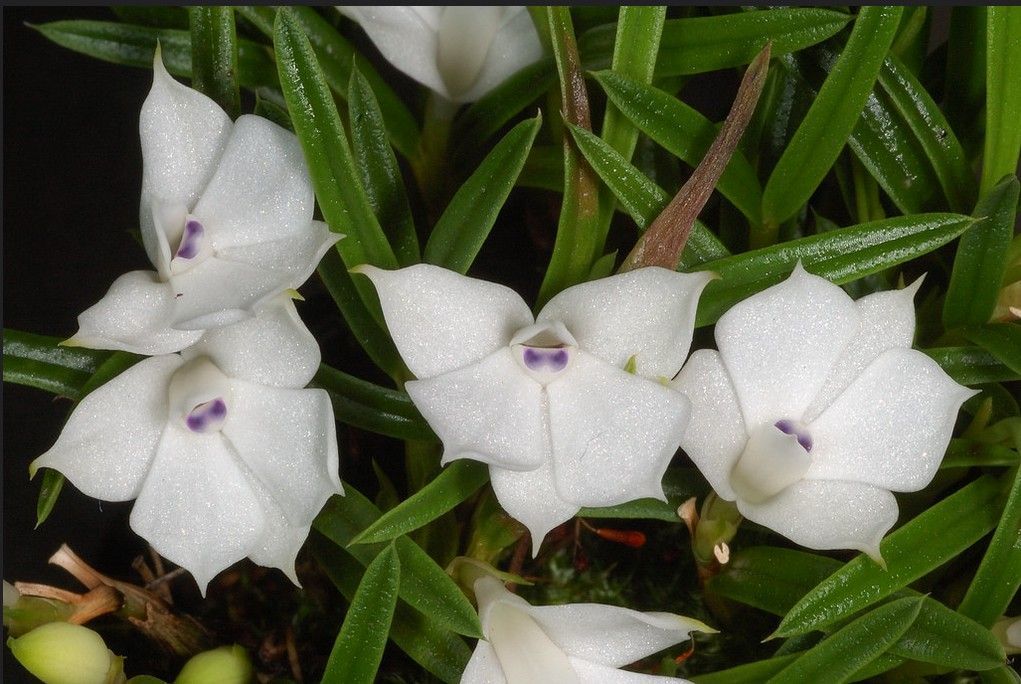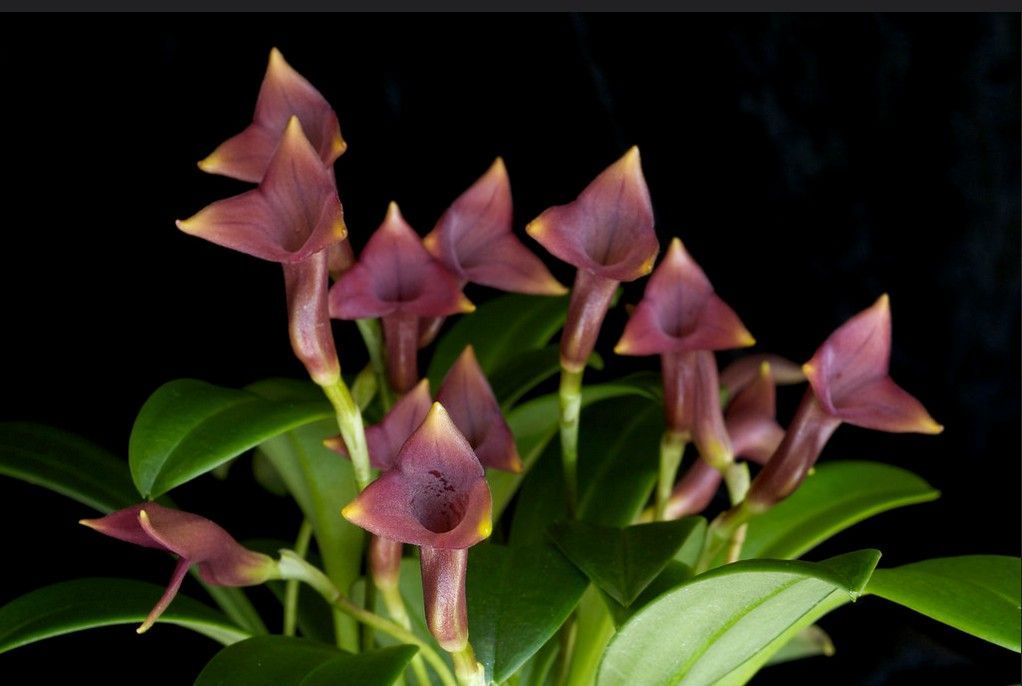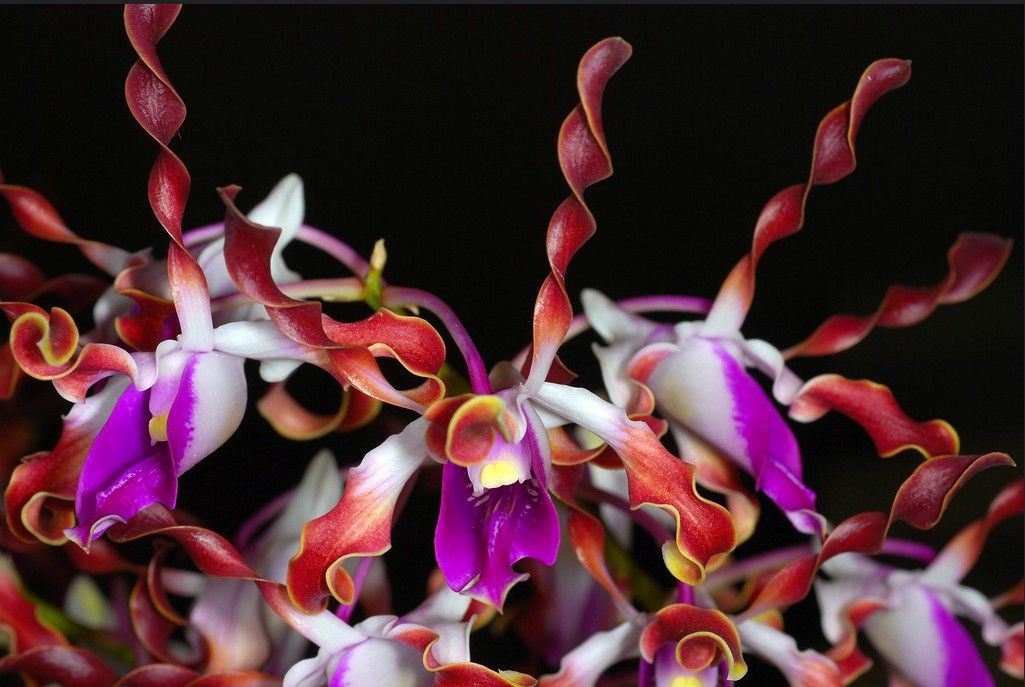Schoenorchis seidenfadenii
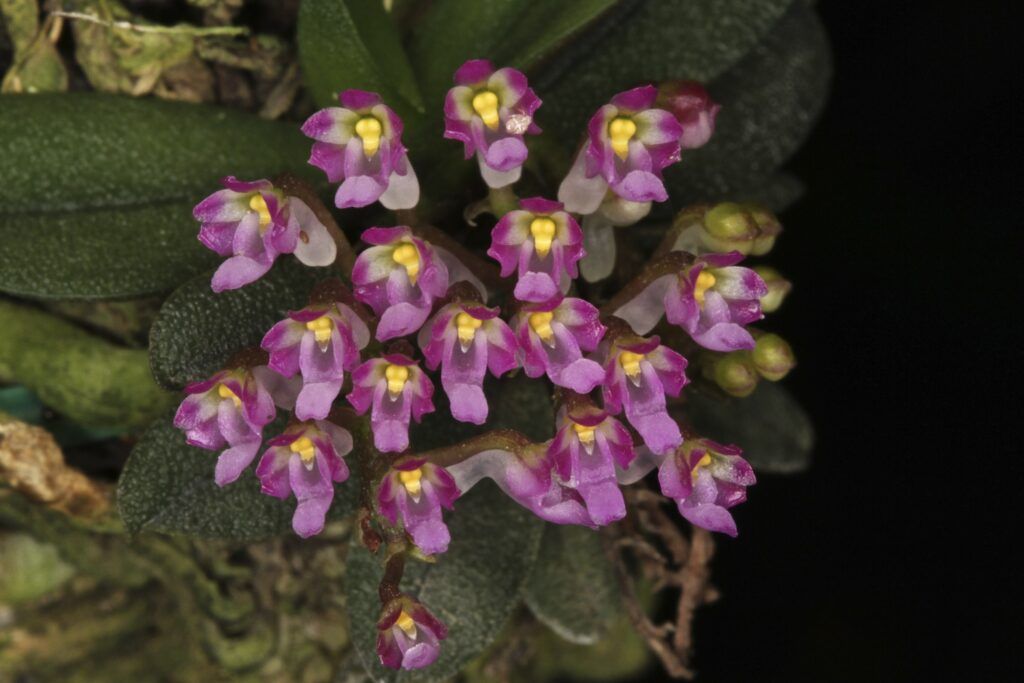
Schoenorchis seidenfadenii
Schoenorchis seidenfadenii
Photographer: John Varigos
The genus Schoenorchis consists of 25, mini-miniature to small-sized, monopodial epiphytes occurring in Asia from the Himalayas to New Guinea.
Schoenorchis seidenfadenii is found in Thailand and Vietnam at elevations of 550 to 600 meters (1,804 to 1,969 feet). It is a miniature-sized, warm growing, creeping epiphyte. It flowers in the spring and summer on few to several flowered inflorescences. The flower size is 1 cm (0.4 inches). It has received a certificate of botanical recognition from the American Orchid Society and a bronze medal from the Orchid Society of Germany (D.O.G.). The Certificate of Botanical Recognition is Awarded to rare and unusual species with educational interest that has received no previous awards. The entire plant must be exhibited. This award is granted provisionally and filed with the judging center Chair pending taxonomic verification supplied by the exhibitor.
Progeny: None
Culture: Grow in bright, indirect light conditions. Temperature range: 66°F to 85°F (19°C to 29°C)
The post Schoenorchis seidenfadenii appeared first on Orchid Digest.
